How do robotic tips improve precision in robotic systems?
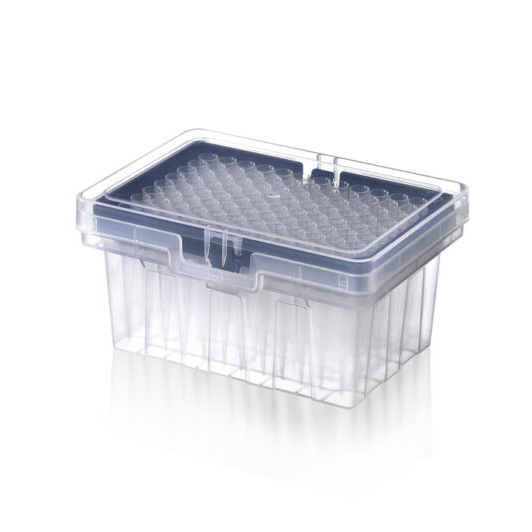
Robotic tips improve precision in robotic systems through several key factors that enhance the accuracy and repeatability of tasks. These tips are designed with advanced engineering and materials to ensure precise movements, handling, and manipulation, making them essential in automation. Here’s how they contribute to precision: ### 1. **Design for Specialized Tasks** – **Custom Shapes […]
What are the common uses of robotic tips in automation?
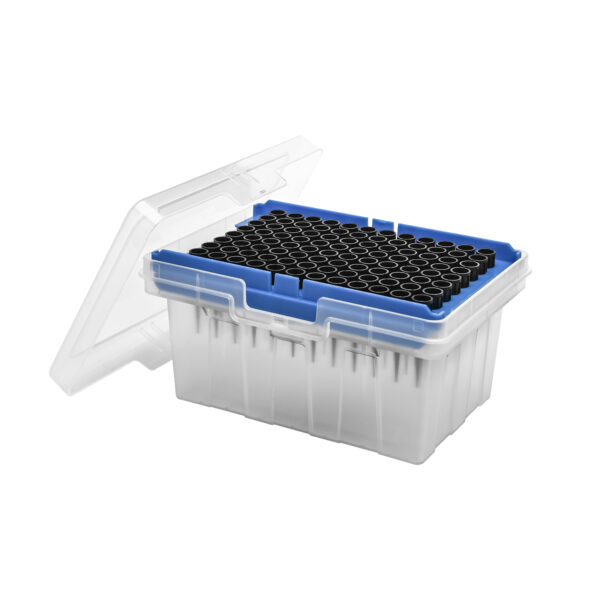
Robotic tips are essential components in automation, particularly for tasks requiring precision, speed, and repeatability. Here are the common uses of robotic tips across various industries: ### 1. **Laboratory Automation** – **Pipetting and Liquid Handling:** – Robotic tips are extensively used in automated pipetting systems for accurate liquid handling in tasks such as sample preparation, […]
How do you choose the right robotic tips for a specific application?
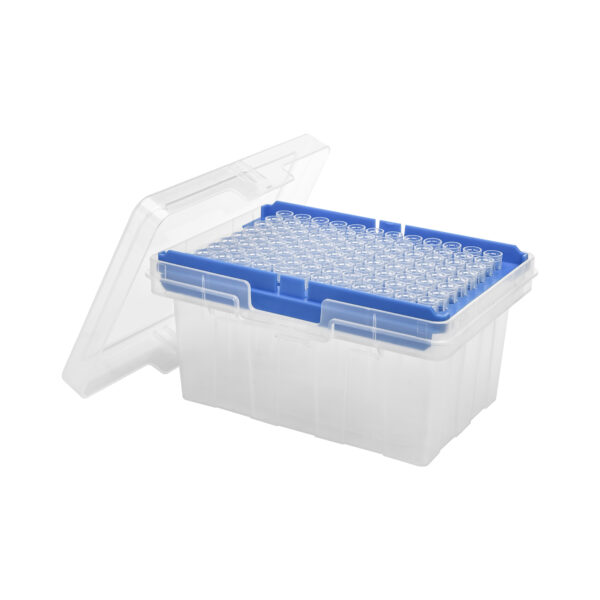
Choosing the right robotic tips for a specific application involves considering various factors based on the task’s requirements, such as precision, material compatibility, sterility, and environmental conditions. Here’s a guide on how to select the appropriate robotic tips for your system: ### 1. **Type of Application** – **Pipetting or Liquid Handling (Laboratory Use):** – Opt […]
What materials are robotic tips made from?
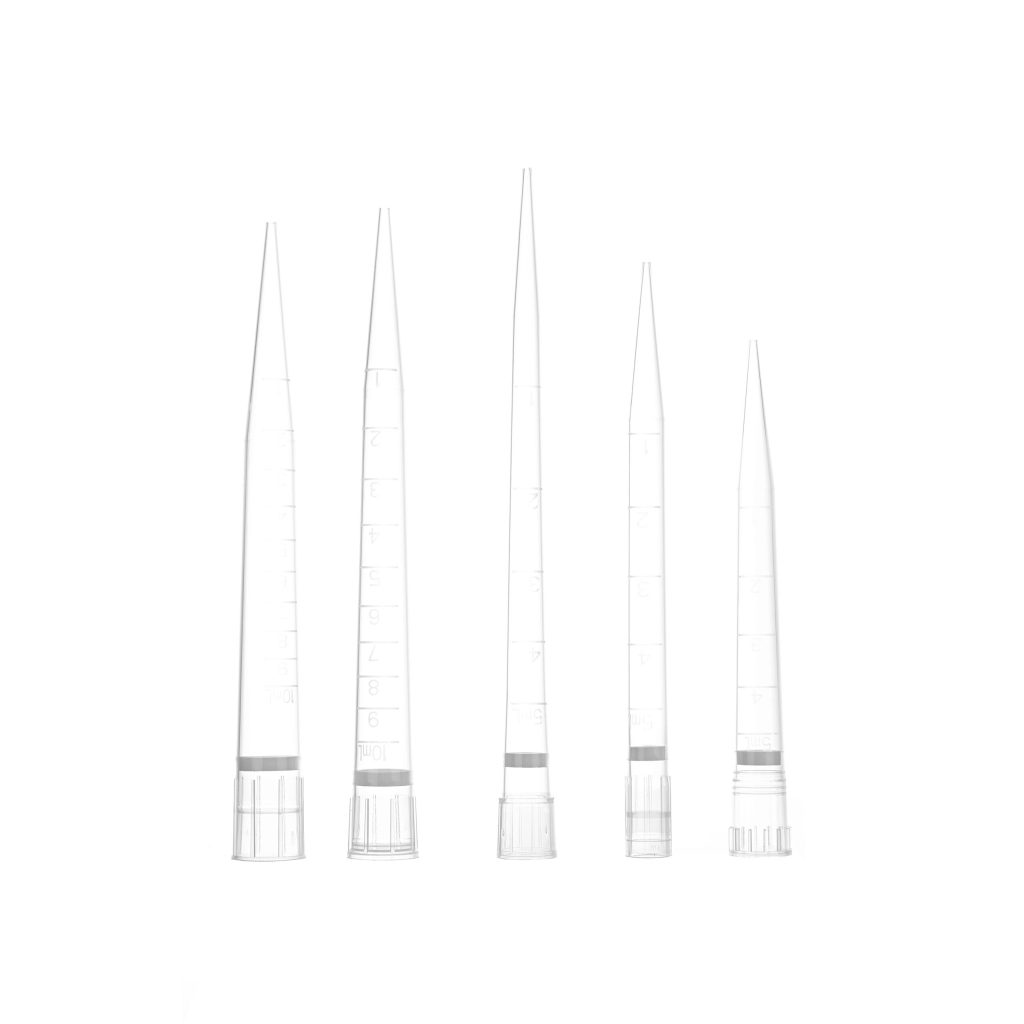
Robotic tips, commonly used in laboratory automation systems such as pipetting robots and surgical robots, are typically made from the following materials, depending on their specific use case: ### 1. **Plastic (Polypropylene)** – **Application:** Pipetting tips and consumable robotic tips in laboratories. – **Properties:** – Lightweight and durable. – Chemically resistant, especially against common reagents […]
What are robotic tips and how are they used?
Robotic tips are specialized components used in various robotic systems, particularly in the fields of automation, medical robotics, and research. These tips are the end-effectors or the part of the robot that directly interacts with objects or materials. The design and function of robotic tips vary depending on their application, and they are essential for […]
Are PCR tubes sterile?
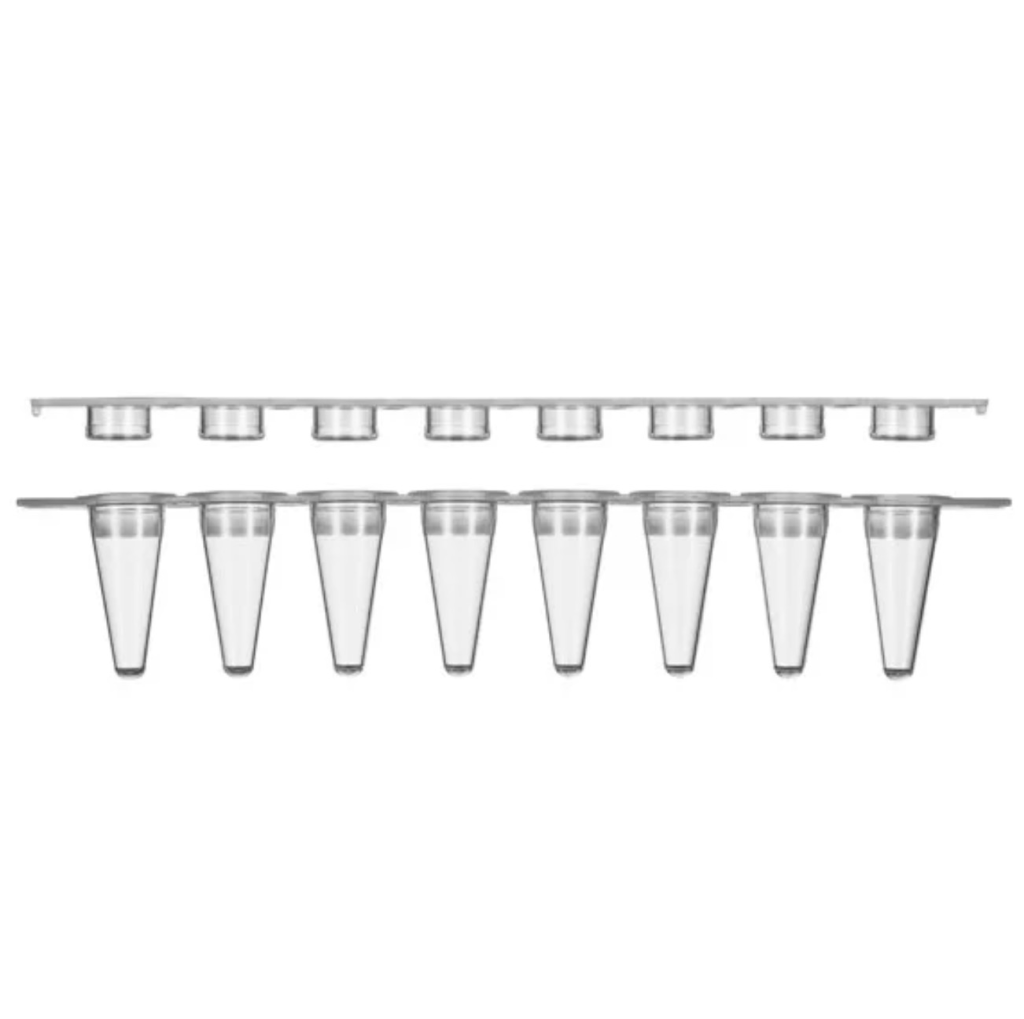
PCR tubes are often supplied as sterile to prevent contamination during the PCR process. However, whether a PCR tube is sterile depends on the manufacturer and the specific product. Here are some key points regarding the sterility of PCR tubes: 1. **Pre-Sterilized Options**: Many PCR tubes come pre-sterilized, especially those intended for sensitive applications. This […]
How big is a PCR tube?
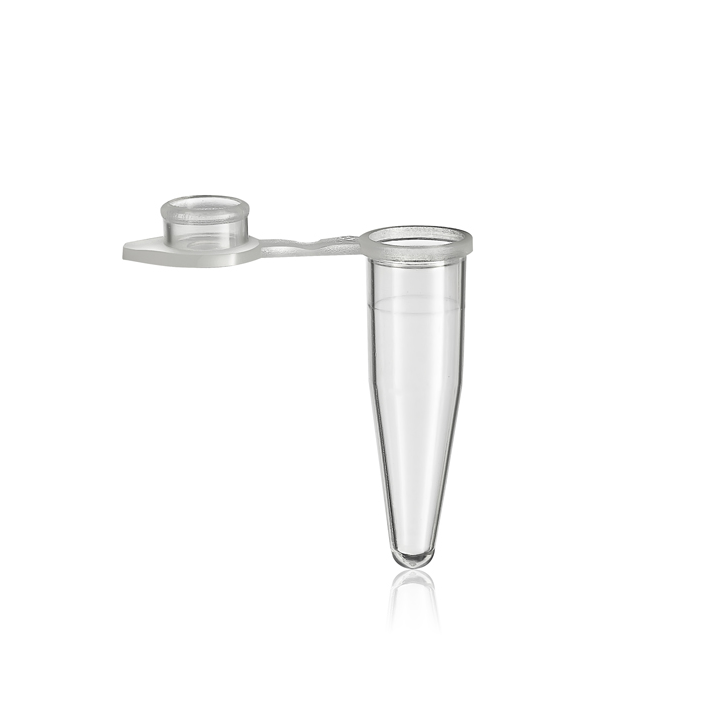
PCR tubes come in various sizes, but the most common dimensions are: 1. **0.2 mL Tubes**: These are the standard size for most PCR reactions and are designed to fit into standard PCR thermal cycler blocks. They are typically used for individual reaction volumes ranging from 10 µL to 50 µL. 2. **0.5 mL Tubes**: […]
What is the use of PCR tube rack?
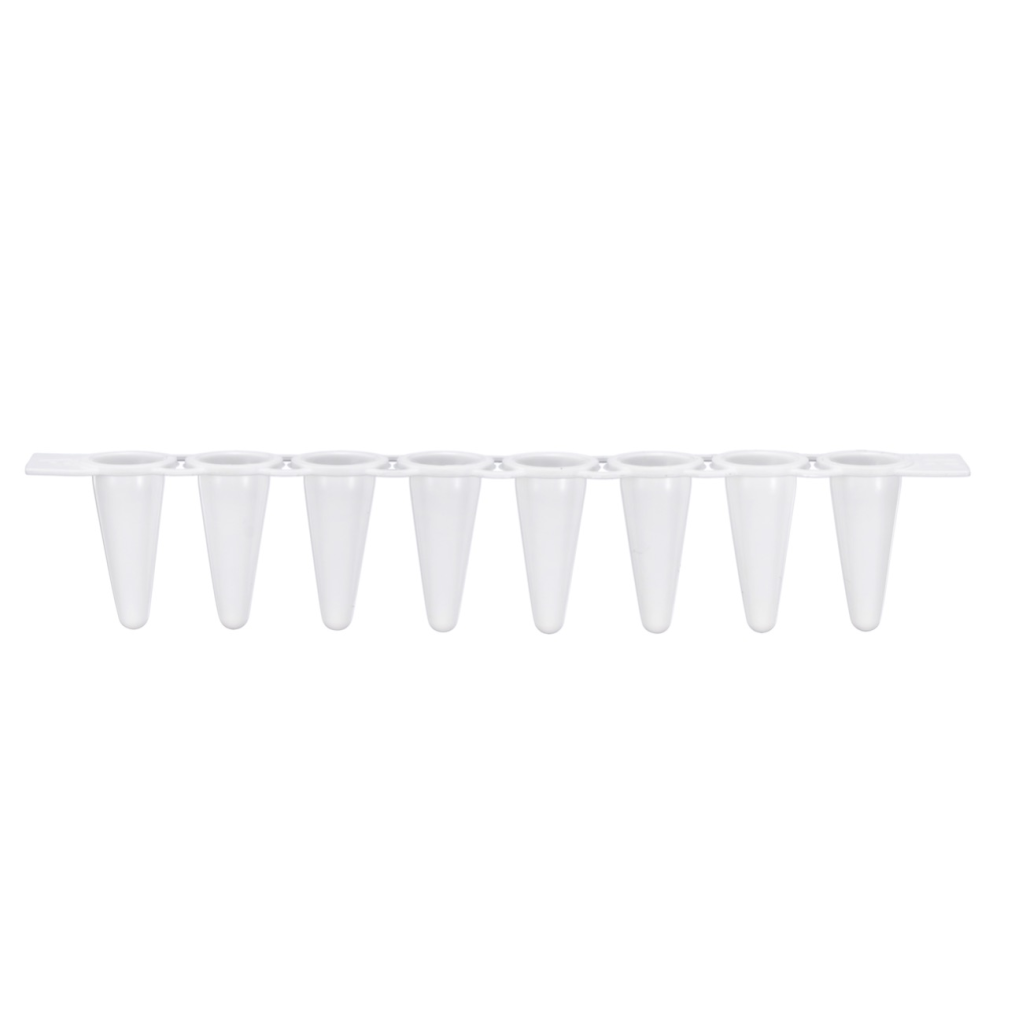
A PCR tube rack is a laboratory tool designed to hold and organize PCR tubes during preparation and processing. Its main uses include: 1. **Organizing Tubes**: It keeps multiple PCR tubes in place, organized, and easily accessible, which is especially helpful when working with numerous samples. 2. **Preventing Contamination**: By holding tubes upright and separate […]
What is a PCR tube?

A PCR tube is a small, clear plastic tube used in the Polymerase Chain Reaction (PCR) process. It’s designed to hold the reaction mixture, which typically includes DNA samples, primers, nucleotides, a DNA polymerase enzyme, and a buffer solution. Here are some key features of PCR tubes: 1. **Material**: PCR tubes are usually made from […]
What plates to use for qPCR?
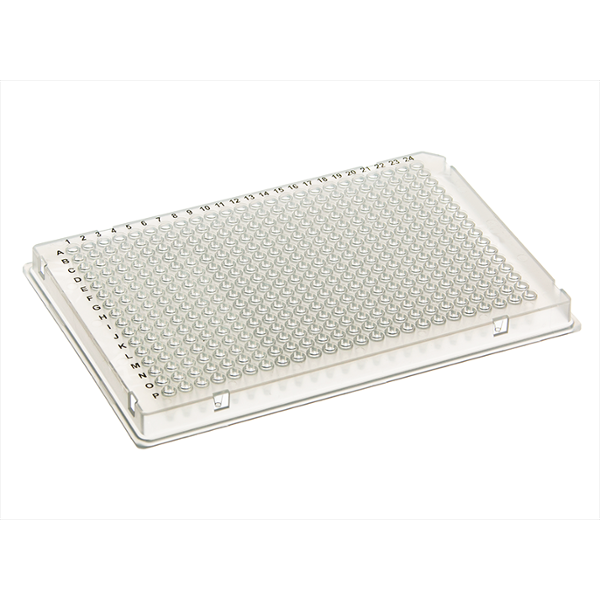
For quantitative PCR (qPCR), it’s important to use plates that are specifically designed for the requirements of qPCR. Here are key considerations and types of plates to use for qPCR: ### 1. **96-Well Plates** – **Standard Format:** The most common format for qPCR is the 96-well plate. Each well typically has a volume capacity of […]
